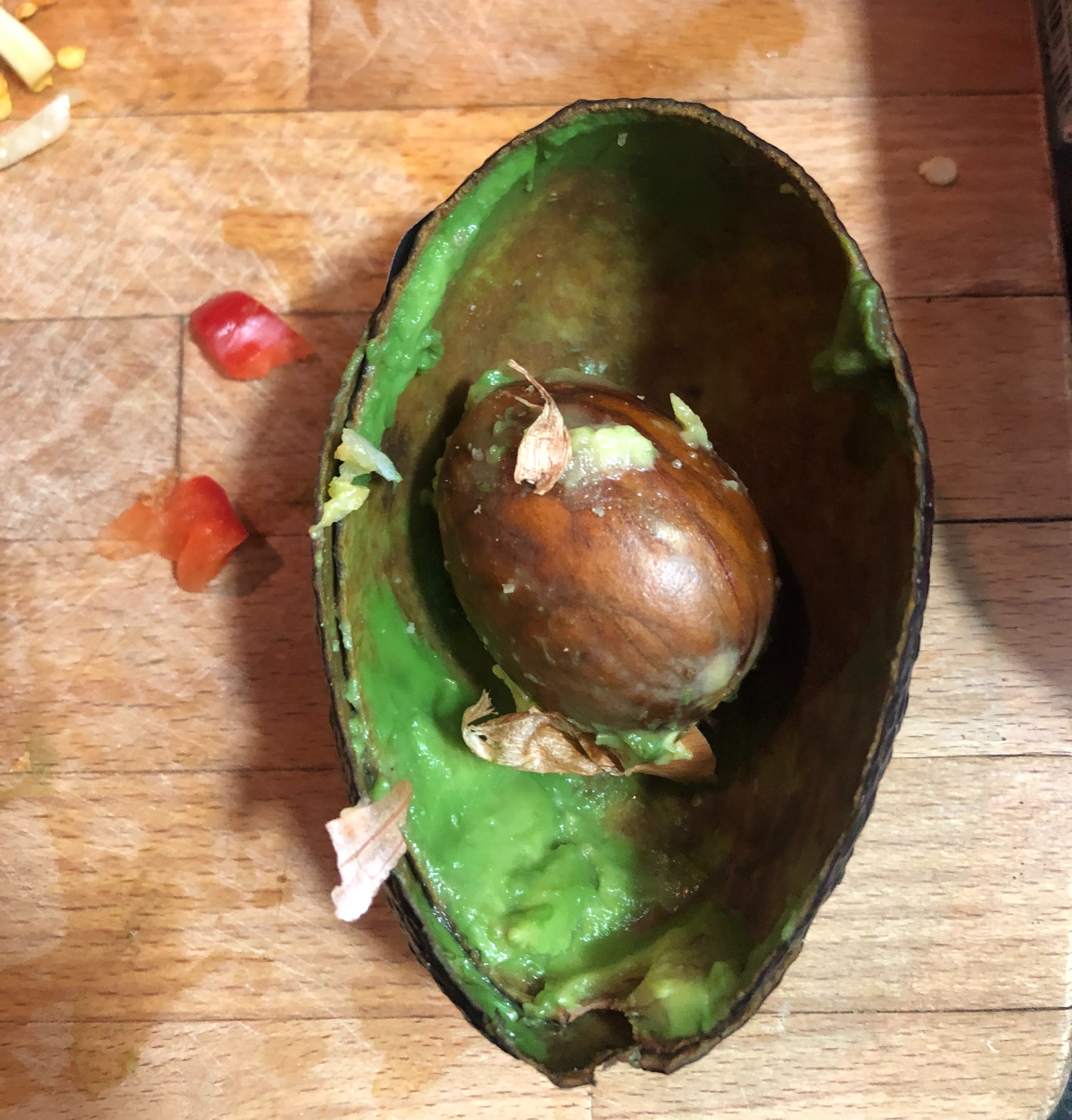
For my upcoming design intervention, I wanted to explore the first-person perspective in role 2 by using myself as a data collection tool. In collaboration with a group of four, we chose to gather data on three distinct topics: our day-to-day energy consumption from computer and phone chargers, our daily energy use with the metro, and our daily production of organic food waste. These topics align with my interests in climate consciousness and the integration of new lifestyles in urban settings.
Our goal was to gain a more precise understanding of our energy consumption habits, but we aimed to avoid a negative interpretation of the data. Instead, we aspired to generate positive insights. Thus, we decided to shift our discourse, focusing on metrics such as 'energy saved during non-charging periods,' 'kg of CO2 saved when using public transport,' and 'grams of food saved per day.' This approach provided a lighter perspective on a subject that might otherwise induce anxiety in ourselves and others.
Each night, I recorded the time spent charging my electronics and shared this information with Jorge. He then utilised ChatGPT-4 to calculate the energy usage in Joules. City Mapper was employed to determine the kilograms of CO2 saved per day through our use of public transportation. Additionally, we captured images of our organic food waste, which were sent to Jorge. ChatGPT-4 would then recognise the pictures and evaluate a specific weight for the waste. All of this collected data was input into an Excel sheet, allowing us to visualise our consumption patterns.
Throughout the week of data collection, we engaged in discussions about how these efforts influenced our lifestyles. For instance, Carlotta increased her walking, I reduced my phone charging frequency, and Manuja realised that she generated far less waste than expected. This heightened awareness of subtle changes positively impacted us, fostering a deeper understanding of the actions that could result in significant energy savings.
At a small scale, the intervention could evolve by expanding its reach within the community, fostering local collaborations, implementing educational programs, or creating an app to monitor consumption. The focus might shift towards developing personalised, community-specific sustainability practices. Additionally, ongoing data collection and community engagement could contribute to a deeper understanding of localised environmental impacts, inspiring further small-scale interventions in neighboring communities.





Free AI Website Creator